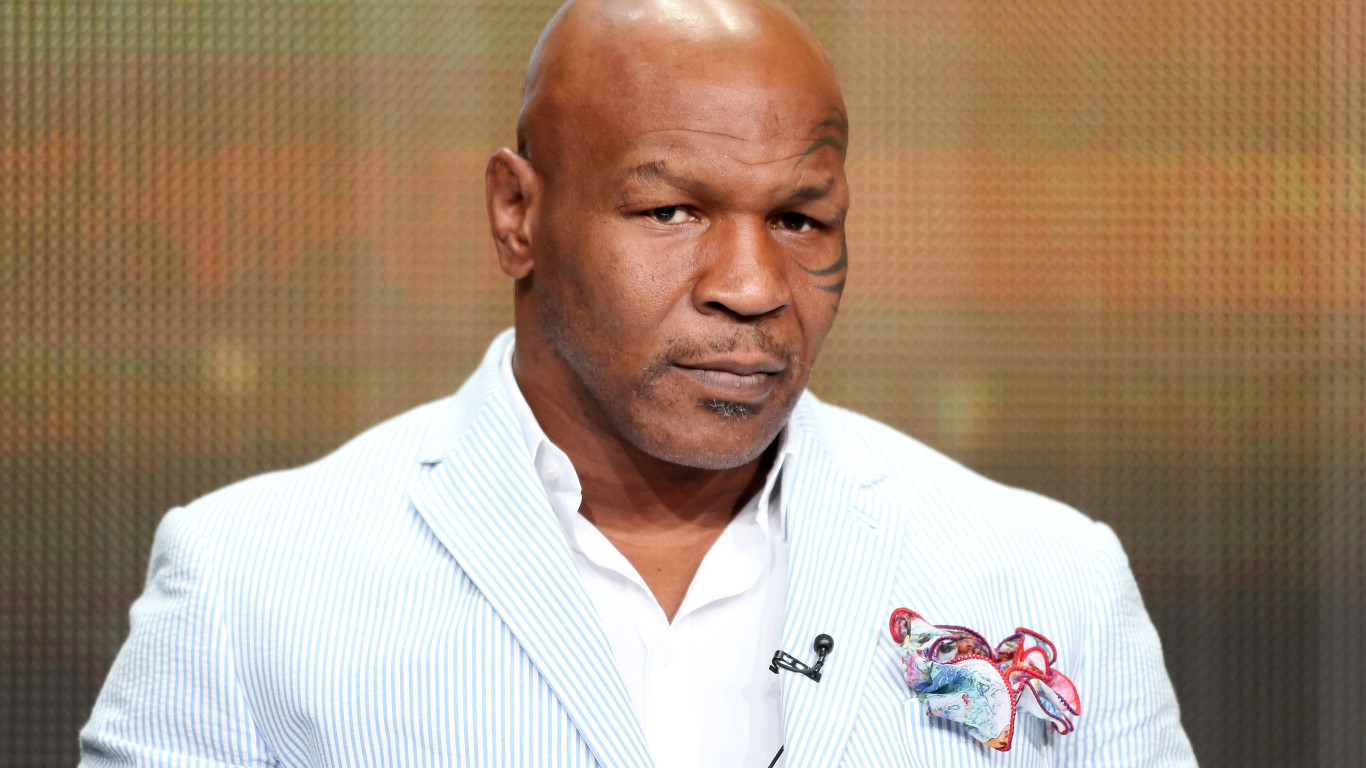
Walt Disney Co. (NYSE: DIS) currently ranks in the bottom third of Dow Jones industrial average stocks for its year-to-date performance. Although much is going against this company, it has some green shoots. Withstanding obvious pandemic setbacks, Disney has managed to right itself for now.
As a return to normalcy, or a new normal, becomes more realistic, optimism is picking up. It won’t be easy though.
The Mouse House has not kept pace with the Dow or the S&P 500, or most of Wall Street for that matter, in terms of its recovery. It is one of the Dow components hurt the worst by this COVID-19 pandemic. Disney shares are down over 30% year to date.
It’s hard for most companies to operate in this coronavirus-crisis environment, with more businesses shifting to e-commerce models and adapting to social distancing. How do theme parks (a major source of revenue for Disney) operate with all these restrictions and precautions? This will be something Disney has to figure out if there is to be any chance at recovery.
The company released earnings earlier this week, and while analysts were generally correct about the direction of the numbers, there were some deeper developments.
In its most recent earnings report, Disney had a relatively low bar to clear. Most of the pessimism surrounding the closing of Disneyland and Walt Disney World, and other theme parks, already had been priced into the stock. At the same time, the optimism of its streaming service, Disney+, helped to counterbalance the stock price.
Earnings Breakdown
Let’s start with the big numbers. Disney’s fiscal second quarter saw earnings per share of $0.60 on revenues of $18.01 billion. While the bottom line missed most analysts’ expectations by about 50%, the topline growth was fairly impressive, all things considering. Last year’s numbers were reported as $1.61 in per-share earnings and $14.92 billion in revenue.
Media Networks revenues for the quarter increased 28% to $7.3 billion, and segment operating income increased 7% to $2.4 billion. This segment comprises Cable Networks and Broadcasting, which had revenues of $4.45 billion and $2.81 billion, respectively.
Parks, Experiences and Products revenues for the quarter decreased 10% year over year to $5.5 billion, and segment operating income decreased 58% to $639 million. Lower operating income for the quarter was due to decreases at both the domestic and international parks.
Studio Entertainment revenues increased 18% to $2.5 billion and segment operating income decreased 8% to $466 million. The decrease in operating income was due to lower results at legacy operations, partially offset by the consolidation of the TFCF businesses.
Direct-to-Consumer & International revenues for the quarter increased from $1.1 billion to $4.1 billion, and the segment operating loss increased from $385 million to $812 million. The increase in the operating loss was due to costs associated with the launch of Disney+ and the consolidation of Hulu.
Disney reported that it had 33.5 million subscribers for its Disney+ streaming service. ESPN+ had a total of 7.9 million subscribers, and Hulu subscribers totaled 32.1 million.
Ultimately, these results were somewhat mixed, but with more on the negative side. The best thing that Disney could do (from a business perspective) would be to open its parks (with proper safety regulations) and regain those streams of revenue. Easier said than done.
No House for the Mouse
A very large portion of Disney’s businesses rely on people being able to gather in crowds, whether it is at theme parks, on cruise liners or in movie theatres. Disney has 14 theme parks around the world, including Disney World, Tokyo Disney Resort, Disneyland Paris, Hong Kong Disneyland Resort and Shanghai Disneyland. These parks see close to an aggregate of 160 million visitors each year.
Now, this attendance is largely wiped out, due to government-mandated lockdowns and safety precautions that must be taken. Until plans to reopen the economy are solidified, these parks very well may lay dormant.
To add on to this, Disney Cruise Line announced late last month that it had canceled all of its sailings until at least late June.
While some movie theatres are starting to reopen with occupancy restrictions, the ticket sales will be largely insignificant.
This paints a somewhat bleak picture for the Mouse House, but Disney has implemented cost-cutting measures in the meantime to stay afloat.
Cost-Cutting Measures
In mid-April, it was reported that Disney would stop sending paychecks to more than 100,000 employees. Like many other Americans, these workers had been furloughed.
Previously, Disney said that it would furlough certain nonessential U.S. employees beginning on April 19. The company also urged its employees to apply for the extra $600 a week that is available through the government’s economic stimulus plan.
This also comes after Disney established a new credit agreement with Citigroup for up to $5 billion to help hold the company over through this shutdown.
What Analysts Are Saying
UBS’s John Hodulik downgraded Disney stock to a Neutral rating from Buy and lowered its price target to $114 from $162. Overall, UBS believes that the profitability of Disney’s theme parks segment will be impaired for a longer period, considering the lingering effects of the outbreak. The base case puts an opening date for the parks on January 1, 2021.
Hodulik also noted that the economic downturn, in conjunction with new health precautions, a lack of travel and crowd aversion, are likely to make business less profitable until a vaccine is widely available. This in turn will push earnings lower.
The #1 Thing to Do Before You Claim Social Security (Sponsor)
Choosing the right (or wrong) time to claim Social Security can dramatically change your retirement. So, before making one of the biggest decisions of your financial life, it’s a smart idea to get an extra set of eyes on your complete financial situation.
A financial advisor can help you decide the right Social Security option for you and your family. Finding a qualified financial advisor doesn’t have to be hard. SmartAsset’s free tool matches you with up to three financial advisors who serve your area, and you can interview your advisor matches at no cost to decide which one is right for you.
Click here to match with up to 3 financial pros who would be excited to help you optimize your Social Security outcomes.
Have questions about retirement or personal finance? Email us at [email protected]!
By emailing your questions to 24/7 Wall St., you agree to have them published anonymously on a673b.bigscoots-temp.com.
By submitting your story, you understand and agree that we may use your story, or versions of it, in all media and platforms, including via third parties.
Thank you for reading! Have some feedback for us?
Contact the 24/7 Wall St. editorial team.
 24/7 Wall St.
24/7 Wall St.